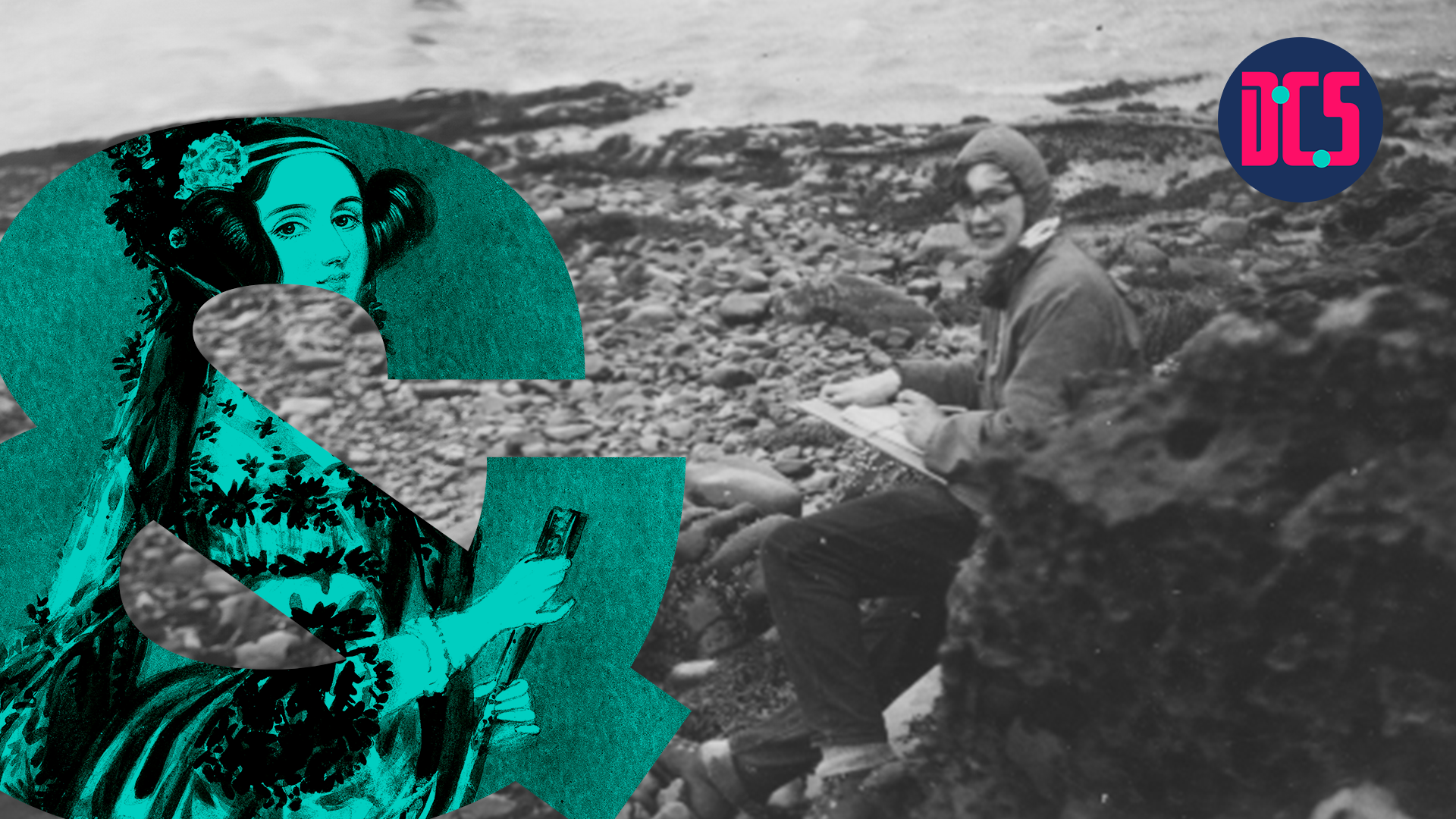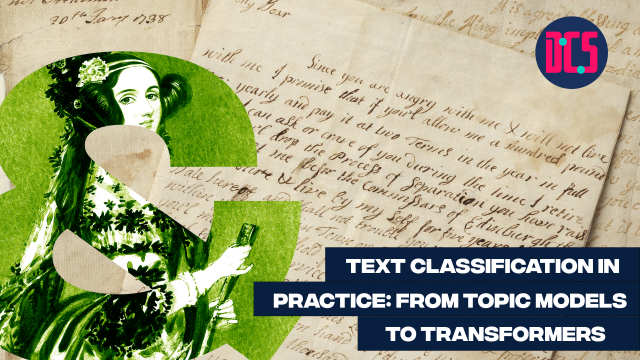Introduction to Data Analysis in Python

In Person
This two-class course will introduce you to working with structured (tabular) data in Python. We will cover the basics of:
- importing datasets
- data cleaning, including dealing with missing or incorrectly-formatted values
- data wrangling
- extracting summary statistics
- data visualisation
By the end of this course, you will be familiar with two key Python libraries used for data analysis: pandas (for working with dataframes), and matplotlib (for data visualisation).
We will work together on a sample dataset, but you are also welcome to bring your own.
This is an intermediate-level course. We will assume that you are already familiar with the basics of Python, including variables, loops, functions, and basic data types like lists and dictionaries. No prior knowledge of any external libraries is assumed. You can build your familiarity with working with Python and Python Notebooks by attending our Introduction to Programming with Python course.
This course will be taught by Aislinn Keogh.
After taking part in this event, you may decide that you need some further help in applying what you have learnt to your research. If so, you can book a Data Surgery meeting with one of our training fellows.
More details about Data Surgeries.
Those who have registered to take part will receive an email with full details on how to get ready for this course.
If you’re new to this training event format, or to CDCS training events in general, read more on what to expect from CDCS training. Here you will also find details of our cancellation and no-show policy, which applies to this event.
If you're interested in other training on data wrangling and data visualisation, you can have a look at the following:
- Data Carpentry: From Data Wrangling to Data Visualisation
- Digital Method of the Month: Data Visualisation
- Good Data Visualisation with R
Return to the Training Homepage to see other available events.
Room 4.35, Edinburgh Futures Institute
This room is on Level 4, in the North East side of the building.
When you enter via the level 2 East entrance on Middle Meadow Walk, the room will be on the 4th floor straight ahead.
When you enter via the level 2 North entrance on Lauriston Place underneath the clock tower, the room will be on the 4th floor to your left.
When you enter via the level 0 South entrance on Porters Walk (opposite Tribe Yoga), the room will be on the 4th floor to your right.












